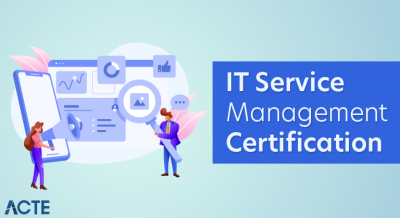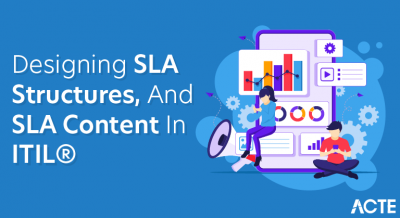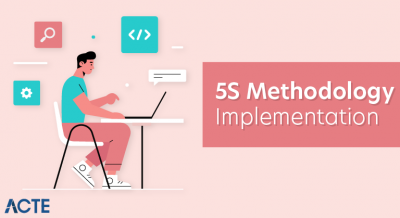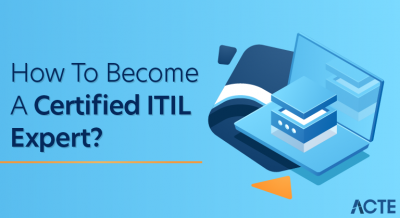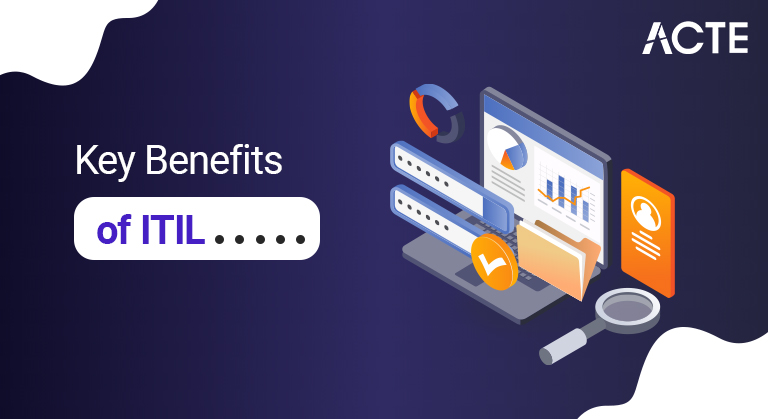
ITIL stands for Information Technology Infrastructure Library. The acronym was first used in the 1980s by the British government’s Central Computer and Telecommunications Agency (CCTA) when it documented dozens of best practices in IT service management and printed them for distribution.
- ITIL (Information Technology Infrastructure Library
- ITIL process framework
- ITIL v4
- Certification
- Benefits and drawbacks of ITIL
- How do I put ITIL into practice
- What will ITIL cost?
- How long will an ITIL project take?
- Key Benefits of Implementing ITIL
- Conclusion
- ITIL (Information Technology Infrastructure Library) is a framework designed to standardize the selection, planning, delivery, maintenance and overall lifecycle of IT services within a business.
- ITIL (Information Technology Infrastructure Library) is a framework designed to standardize the selection, planning, delivery, maintenance and overall lifecycle of IT (Information Technology) services within a business. The goal is to improve efficiency and achieve predictable service delivery. The ITIL framework enables IT administrators to become business service partners, rather than just back-end support. ITIL guidelines and best practices tailor IT department actions and expenses to business needs and change them as the business grows or changes direction.
- ITIL originated in the 1980s, when data centers became decentralized and adopted a geographically diverse architecture. This practice caused process and deployment discrepancies and brought inconsistent or sub-optimal IT services performance across organizations.
- The United Kingdom’s Central Computer and Telecommunications Agency (CCTA) recognized the importance of treating IT as a service and implementing consistent practices throughout the IT service lifecycle and developing Government Information Technology Infrastructure Management (GITIM). The organization released ITIL v1 in 1989.
- In 2000, CCTA was transformed into the Office of Government Commerce (OGC) and released ITIL v2 the following year. ITIL v3 emerged in 2007 and was updated in 2011 to include feedback from the user and training community, as well as to address errors and inconsistencies.
ITIL (Information Technology Infrastructure Library):
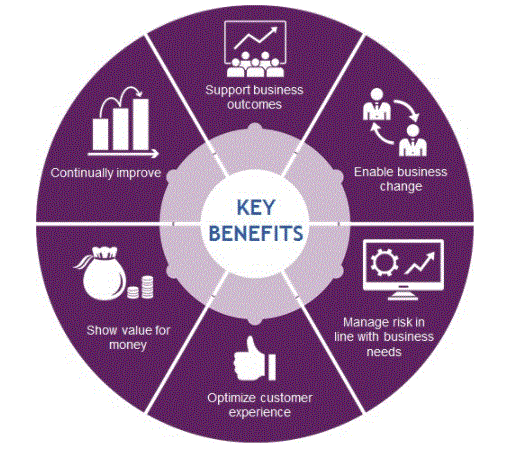
- Each iteration of ITIL provides updated documentation and certification to prepare administrators for the current infrastructure landscape and the type of services they provide. The ITIL framework is not a rigid checklist for implementing best practices – organizations evaluate and implement the aspects that are most important to their needs.
- In 1989, ITIL aimed to standardize IT Service Management (ITSM). This iteration gave organizations an overview of how services were streamlined and helped administrators think of best practices.
- ITIL v2 offered administrators a more applicable and uniform structure for service support and delivery and included actual processes for organizations to follow.
ITIL process framework:
ITIL v3 gives a comprehensive look at IT services and adds guidelines on service strategy, design, transition and operation. It also outlines ways for businesses to continuously improve services. Its framework of key publications collects best practices for each major phase of ITSM. These are the books and their basic concepts:
Service strategy. Describes the business goals and requirements of customers and how the objectives of the two entities align.
Sservice design. Outline practices for the production of IT policies, architecture and documentation.
Service transition. Advises on change management and release practices, and also guides administrators through environmental interruptions and changes.
Service operation. Provides ways to manage IT services on a daily, monthly and yearly basis.
Continual Service Improvement. The ITIL process includes the way reforms and policy updates are introduced within the framework.
- ITIL v4 is designed to help IT administrators navigate the ins and outs of the Fourth Industrial Revolution and provide guidance for the role of IT management in the service economy. ITIL v4 accommodates new approaches, such as DevOps, automation, container and microservices, and the cloud, and it emphasizes the integration of IT services management with other areas of business.
- ITIL v4 introduces four dimensions of service management: organizations and people, value streams and processes, information and technology, and partners and suppliers. These are mapped to the service value system and chain.
- Common management practices including projects and departments, enterprise risk, information security, continuous improvement, workforce and talent, relationships and suppliers.
- Service management practices, such as business analysis, service design and continuity, service desk, monitoring and incident management, change enablement, and IT asset management.
- Technical management exercises covering software development, deployment, infrastructure and platform.
ITIL v4:
ITIL v4 also includes 34 exercises, which are defined as resources and activities to perform a task or accomplish an objective. (In comparison, ITIL has redefined processes as recommendations to guide an organization in all circumstances, regardless of the type of task, goal, or management structure.) These practices are divided into three categories. Has gone:
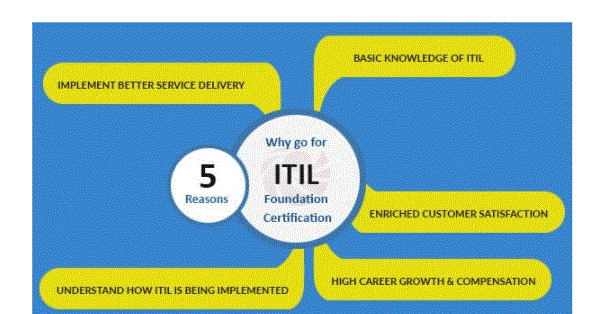
Certification:
ITIL adoption and maintenance requires trained and certified experts to guide a company and its IT staff. Businesses such as Microsoft, IBM and Hewlett Packard Enterprise (HPE) use ITIL as the basis for their internal operating guidelines.
Administrators complete ITIL training and certification in conjunction with classroom training and a written certification exam. ITIL v3 offers five main certifications:
Foundation. This entry-level certification covers the key concepts, elements, and terminology used to contribute to the ITIL service lifecycle and management services.
Businessman. This level helps professionals to adapt ITIL to their organizations so it supports business objectives. Admins can take courses at any time after Foundation Certification; This module also covers Organizational Change Management, Communication and Metrics, which are not available in all certifications. Medium.
Specialist. At this stage, admins are interested in displaying the complete ITIL plan. ITIL specialists acquire a set of well-rounded skills related to ITIL best practices. Administrators must complete 17 credits from the previous module, an examination to obtain the Management of Lifecycle module and specialist certification.
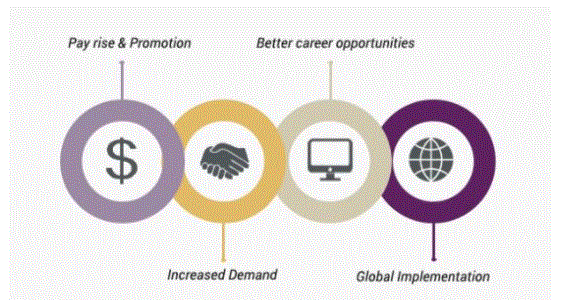
- Better goal alignment between IT departments and business.
- Better service time and customer satisfaction.
- Lower operating costs due to better use of resources – digital, physical and human.
- IT cost and increased visibility of assets.
- Streamlined service interruption response and management.
- More flexible service environment that can easily adapt to change.
- The principles behind ITIL v4 – a focus on value, iterative progress, collaboration, visibility and transparency, simplicity and automation – are intended to expand the relevance of ITIL to software developers, service management practitioners and businesses.
- ITIL also provides a good foundation for organizations that do not have any kind of service infrastructure or best practices and enables administrators to pursue job specializations.
- Training requirements can be extensive and time-consuming, and successful implementation requires staff expertise.
- ITIL rollout may take years to be fully implemented and refined.
- Low, if any, short-term return on ITIL initiatives.
- Changes stipulated by ITIL initiatives could be disruptive to existing process and infrastructure.
- The long-term nature of ITIL can be easily disrupted by other short-term projects and initiatives.
- Administrators should be careful about how management interprets and implements ITIL.
Benefits and drawbacks of ITIL:
ITIL isn’t just about straight, rote IT skills. The certification also looks at how administrators can apply their knowledge to the larger scope of their organization and align it with business practices. This means that administrators now have more cohesive best practices when addressing all aspects of IT management. With this in mind, there are six main, recognizable benefits of ITIL certification:
Despite its benefits, ITIL poses some potential drawbacks to the business:
- ITIL is a collection of e-books, but going read-only will not improve your IT operations. First, you have to wrap your mind around the concepts and then buy the staff. Some IT personnel may like to breed cats to adopt new processes, but there are tools that can help.
- With ITIL comes a complete suite of consultancy, training and certification services. Since the early 1990s, certifications have been administered by two independent bodies: EXIN and ISEB, depending on your location. The two bodies formed an alliance in late 2006 to advance IT services management.
- Since 2014, Excellos has had the ITIL personnel certification and the exams are administered by Accredited Training Organizations (ATOs). Accreditation is administered by the Strategic Examination Institutes (EIs). The EI needs to be directly accredited by Excelos in order for the ATO to be accredited.
- Before implementing ITIL in your organizations, you should answer a number of questions, such as what problems your organization is trying to solve and your path to continuous service improvement.
How do I put ITIL into practice:
- Getting started involves purchasing ITIL either as hardcopy, PDF, ePub or through an online subscription directly from Excelos. Then there is the cost of training, which fluctuates every year. The courses leading to the Preliminary Foundation Certificate typically last two days, and the courses leading to the Higher Certifications can be a week or more.
- The unavoidable cost of re-engineering certain processes to comply with ITIL guidelines, and the adjustment of help desks or other software to capture the information needed to track and generate metrics.
- By the way, there is no such thing as “ITIL-compliant” software; ITIL is a framework, not a standard. However, some help desk and management software are designed with ITIL practices in mind, and will therefore lend themselves better to teams working within the framework.
What will ITIL cost?
Examples of software and services designed with ITIL and ITSM in mind include:
Samage: Offers Service Desk Automation with ITIL Infrastructure in mind
InvGate Service Desk: A web-based ITIL-ready service that boasts of a user-friendly interface
ManageEngine ServiceDesk Plus: Web-based help desk and asset management software available in ITIL version
Vision Helpdesk: A Multifunction Service Desk Solution with ITIL Integration
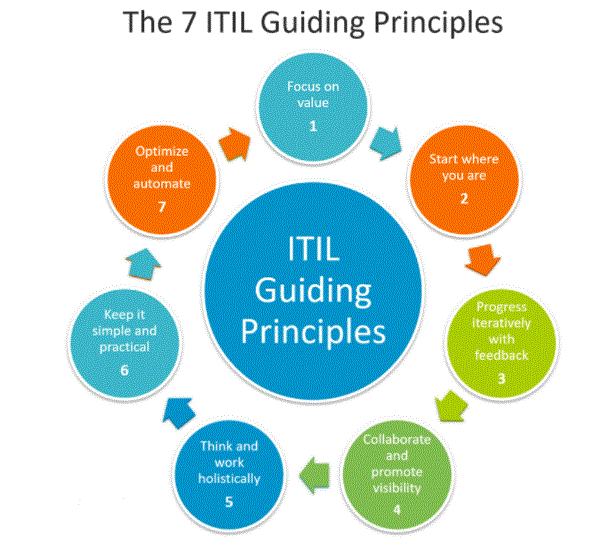
- Corporations and public sector organizations that successfully implement ITIL’s best practices report huge savings. For example, among its benefits to the ITIL paper, Pink Elephant reports that Procter & Gamble saved nearly $500 million over four years by reducing help desk calls and improving operating processes. Nationwide Insurance achieved a 40 percent reduction in system outages and an estimated $4.3 million ROI over three years, and Capital One reduced its “business critical” events by 92 percent over two years.
- Without procurement and cooperation from IT staff, however, any implementation is bound to fail. Bringing best practices into an organization is as much a PR task as it is a technical exercise.
- Other criticisms include the fact that it is impossible to plan for every failure, event, or occurrence, so it is not an exact science. In fact, you won’t know the exact ROI on ITIL until you implement it in your organization and use it effectively. Ultimately, since ITIL is a framework, it can only be as successful as the corporate buy-in allows. Investing in certification, training and shifts will help increase your chances of success and savings.
How long will an ITIL project take?
ITIL is not a “project”; It is an ongoing journey to improve IT Service Management. Best practices have to be baked into everything, and they have to evolve as the enterprise grows. With the buy-in of IT staff, changes can begin after employees are trained, and some results should be apparent within weeks or months. Although process change takes time, as bad habits are rooted out and modified (and, potentially, employee changes occur), many companies made substantial savings after their first year. has been informed.
To get a better idea of what it will take to adopt and implement ITIL, you can browse through the case studies on the Excelos website. Recent case studies include companies such as Sony and Disney — two companies that have large-scale IT operations to manage.
What savings can I expect?
- Having an ITIL certified workforce allows your organization to pursue and adopt structural modifications that align with the ITIL framework among others to achieve increased efficiency and effectiveness. When asking why the ITIL is important, remember that the framework itself is designed to boost your overall organizational performance and that by obtaining certification, your employees are automatically equipped with an exceptional skill set that will drive this general improvement. can work in.
- Even at a practitioner level, an ITIL certification can already increase productivity, as this particular segment already focuses on improving service delivery and efficiency, and collaboration between ITSM and the wider enterprise.
- Ultimately, one of the most promising benefits of ITIL certification is the increased ability of your professionals to determine, plan and support your establishment’s IT services, which ultimately leads to increased efficiency and effectiveness for your business.
- There are a lot of ITSM software platforms in the market. In a study by MarketWatch, the global ITSM market size was $2281.4 million. While there are plenty of ITSM providers geared toward supporting organizations that deliver IT as a service, most work with the most powerful ITIL framework.
- One of the ITIL benefits for individuals seeking certification is the ability to easily understand and use ITSM software that are specifically designed to standardize ITIL alliance services entrusted with services and operations.
- These systems are wired to make onboarding ITIL infrastructure at your establishment a breeze, with capabilities such as a service catalog that facilitates the maintenance of ITIL-compliant documentation of all initiatives across the board, and ITIL-oriented incident management capability. can increase. service level Agreement.
- With the help of ITIL knowledge and strong ITSM, your organization can easily cut IT expenses, create a more transparent governance, reduce risk, gain a competitive corporate edge with better IT enablement, Can provide greater versatility for IT and increased agility of modifications. services and ultimately increasing the quality of service and customer satisfaction.
- No organization operates on infinitely smooth waters, especially those in IT services. Day by day your team is tasked with coping with incident requests, which escalate into problems of various steps and initiatives within your company. You need to keep a close eye on these functions.
- When an organization follows the ITIL framework, management of problems focuses on the root cause of incidents, reducing the dire effects of issues and incidents arising from accidents within the IT infrastructure. If you’re still asking why ITIL is important, adopting the framework also gives you a solid prevention plan, as it’s designed to avoid recurring incidents associated with already detected errors.
- By managing the requests you receive with the ITIL structure, you can demonstrate and prove your organization’s top standards and declare that you work above your industry average. This is one of the benefits of using ITIL aligned ITSM solutions.
Key Benefits of Implementing ITIL:
Guaranteed increased efficiency and success:
Understand and use ITSM products that have ITIL aligned functionalities:
Solve problems easily by addressing the root cause:
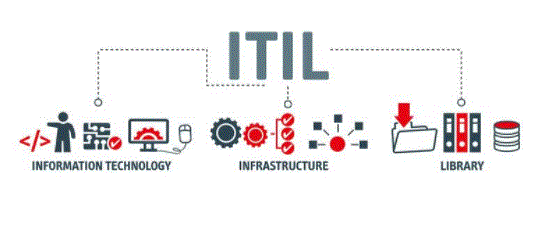
- Now that you know why ITIL is important and what your ITIL certification will provide you in your professional career or organization, it is time to embrace ITIL and make gradual changes towards improvement.
- All these advantages are undeniably attributed to the ITIL framework, which is being implemented across the globe and is being accepted as the dominant approach for the global IT services industry.
- With all these benefits of ITIL certification, we are sure you don’t want to be left behind, so lower your IT costs, aim for better services and broaden your horizons by adopting the framework. If you want to get started, check out HelloITSM’s review for its key features and benefits.
Conclusion:

